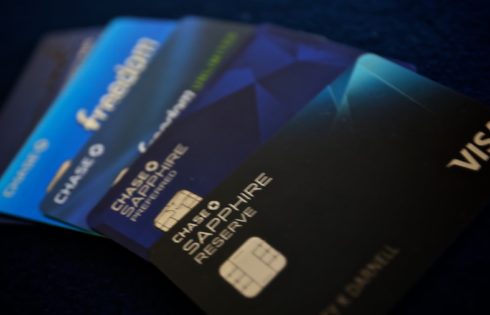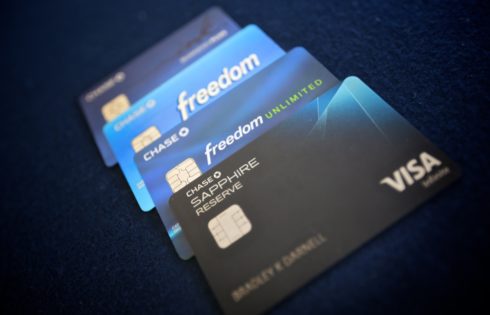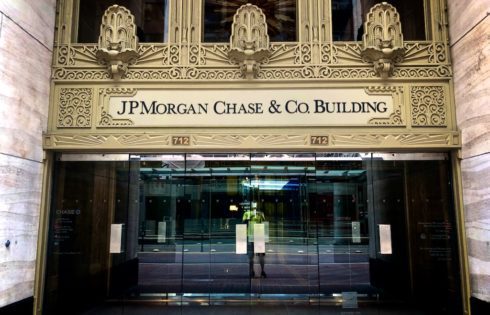
Amex Cell Phone Protection Guide [2021]
Offers contained within this article maybe expired. One of the newest trends we have seen over the past couple of years is credit cards offering cell phone protection or cell

Offers contained within this article maybe expired. One of the newest trends we have seen over the past couple of years is credit cards offering cell phone protection or cell

Offers contained within this article maybe expired. Before you depart the country you always want to make sure that everything is in order when it comes to your credit cards

Are you trying to find out how to check your Chase credit card application status? Or did you receive a message stating that your application is “under review” and that

The Chase Sapphire Reserve is one of the hottest credit cards on the market with some of the top benefits so naturally people are curious about what credit score is

Offers contained within this article maybe expired. The Platinum Card from American Express is one of the most benefits-rich credit cards on the market with its superb airport lounge access

The Capital One Savor Cash Rewards Credit Card is one of the best cash back credit cards, especially for dining and entertainment. But how high of a credit score do

Offers contained within this article maybe expired. Two of the best business credit cards have to be the Amex Business Gold and Amex Business Platinum. These cards have a lot

There are a lot of purchases you wouldn’t expect to be able to pay on a credit card: lawyers, mortgages, tuition, taxes, loans, the list goes on. I’ve even heard

Many people are interested in the Chase Freedom Unlimited card. It’s a special credit card that comes with no annual fee and has a high earning potential. And while this

One question I sometimes receive in emails is “what credit score do I need to get approved for the Sapphire Preferred?” I usually prefer not to give any specific credit
| Cookie | Duration | Description |
|---|---|---|
| cookielawinfo-checkbox-analytics | 11 months | This cookie is set by GDPR Cookie Consent plugin. The cookie is used to store the user consent for the cookies in the category "Analytics". |
| cookielawinfo-checkbox-functional | 11 months | The cookie is set by GDPR cookie consent to record the user consent for the cookies in the category "Functional". |
| cookielawinfo-checkbox-necessary | 11 months | This cookie is set by GDPR Cookie Consent plugin. The cookies is used to store the user consent for the cookies in the category "Necessary". |
| cookielawinfo-checkbox-others | 11 months | This cookie is set by GDPR Cookie Consent plugin. The cookie is used to store the user consent for the cookies in the category "Other. |
| cookielawinfo-checkbox-performance | 11 months | This cookie is set by GDPR Cookie Consent plugin. The cookie is used to store the user consent for the cookies in the category "Performance". |
| viewed_cookie_policy | 11 months | The cookie is set by the GDPR Cookie Consent plugin and is used to store whether or not user has consented to the use of cookies. It does not store any personal data. |
